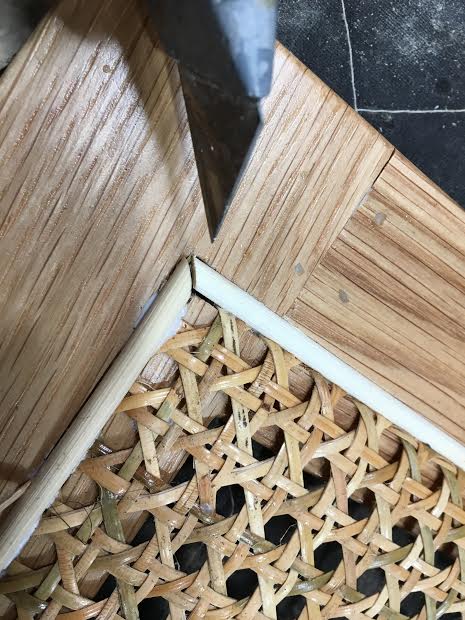There are several issues here as most have pointed out. The trapped cut though, is the least of them as I see it. A trapped cut like that on a solidly held, single piece, that is made in the "conventional cut" direction and a light cut, would be somewhat acceptable. Not ideal, there are better ways, but it would work.
The problems the I really see here are far more severe.
First is the inside cut of an enclosed space. The is no way to start this cut "off the work" when it is internal like that, other than plunging straight down, not good.
Second is the closed space itself. What do they think is going to happen when you get to the corners?
Third is the fence itself. Those have a opening that is intended to straddle the bit, much like a router table. They work just fine when doing that, but if you have any more off-set than that, you need to attach a single piece to span that gap. The router will "fall into" that gap when it gets to the end. At minimum this spoils the cut, and worse may injure the user and or tool too.
These fences, from all brands, have holes in them intended for screws to hold on and auxiliary face to solve this issue.
The nicer brands (Festool) have sliding parts to accomplish this same goal.
Either way, this is lousy advertising. Someone should have seen that this was bad and definitely not the intended use of this edge guide. Normally they are hyper-vigilant about safety things and warnings that pretty much anyone already knows, or wouldn't do anyway. They all give warnings that people read and say "well that's silly" or "who would do that?"




